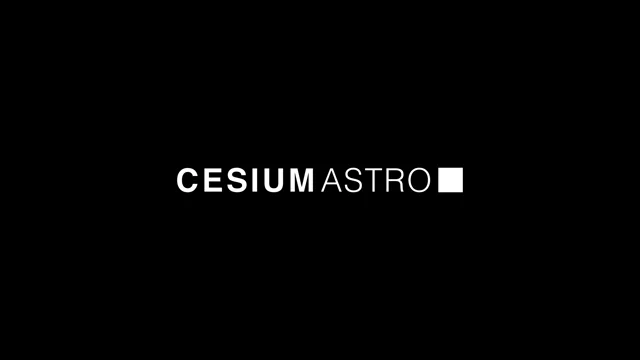Insider Brief:
- CesiumAstro has closed a $65 million oversubscribed Series B+ funding round.
- Trousdale Ventures led the round, with significant participation from the Development Bank of Japan Inc. (DBJ) and Quanta Computer, Inc. and additional support from Kleiner Perkins, Lavrock Ventures, and L3Harris Technologies.
- With $156 million raised since its inception in 2017, CesiumAstro is poised to expand its team and facilities, leveraging its base of over 200 engineers and scientists.
CesiumAstro, a leading space communications technology provider, has closed a $65 million Series B+ funding round. Trousdale Ventures led the round, with significant participation from the Development Bank of Japan Inc. (DBJ) and Quanta Computer, Inc. with support from Kleiner Perkins, Lavrock Ventures, L3Harris Technologies, and others. Optimal Counsel LLP provided legal advisory services. The funds will be used to strengthen the company’s position in the global space communications market by accelerating research and development, enhancing manufacturing capabilities, and expanding both domestically and internationally
CesiumAstro’s technologies, including the Vireo multi-beam Ka-band active phased array payload and the Skylark SATCOM terminal, are setting new standards in the industry. Shey Sabripour, Founder and CEO of the company, expressed gratitude for the investor support, emphasizing the company’s commitment to advancing space and defense communications technology.
Phillip Sarofim, CEO of Trousdale Ventures, expressed excitement about the investment, highlighting CesiumAstro’s potential to revolutionize space communications. DBJ’s Masao Masuda also noted the transformative potential of CesiumAstro’s payloads for next-generation connectivity.
With $156 million raised since its inception in 2017, CesiumAstro is poised to expand its team and facilities, leveraging its strong base of over 200 engineers and scientists. This latest funding round is set to drive CesiumAstro’s ambitious roadmap forward, positioning it as a key player in the evolving space communications landscape.
Image credit: CesiumAstro
Share this article:










